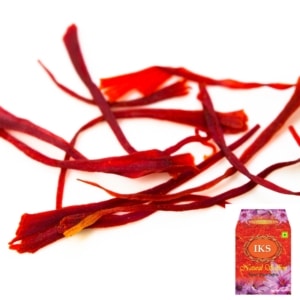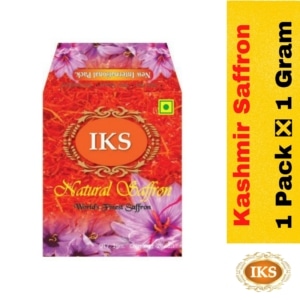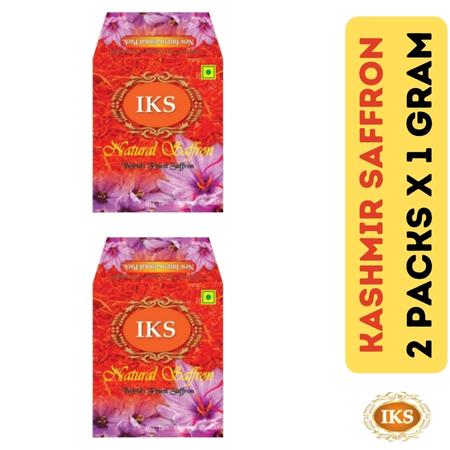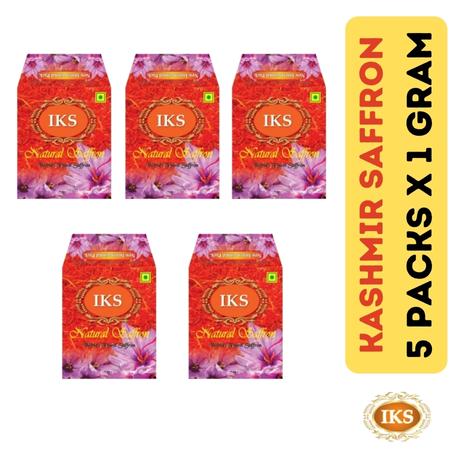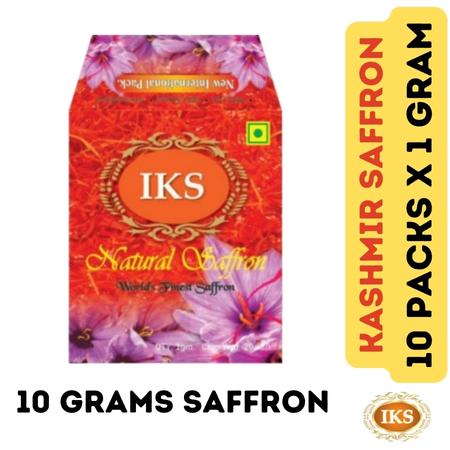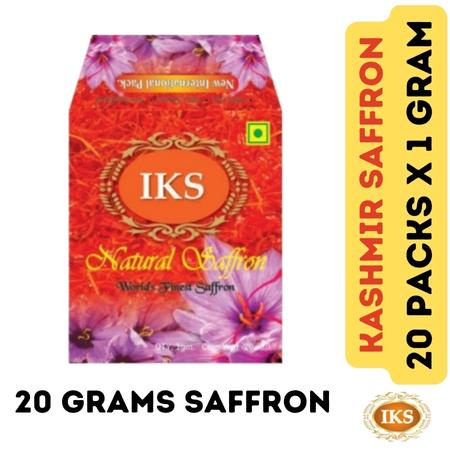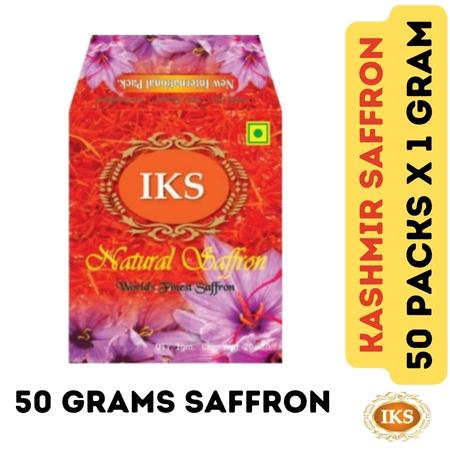Hyderabadi biryani
The Hyderabadi biryani developed under the rule of Asaf Jah I, who had been appointed as the Governor of Deccan by the Mughal emperor Aurangzeb. It is made with basmati rice, spices and goat. Popular variations use chicken instead of goat.There are various forms of Hyderabadi Biryani. One such Biryani is the kachay gosht ki biryani or the dum biryani, where the mutton is marinated and cooked along with the rice. It is left on slow fire or dum for a fragrant and aromatic flavor.
Thalassery biryani
The ingredients are chicken, spices and the specialty is the choice of rice named Khyma. Khaima rice is generally mixed with ghee. Although a huge amount of spices such as mace, cashew nuts, sultana raisins, fennel – cumin seeds, tomato, onion, ginger, garlic, shallot, cloves and cinnamon are used, there is only a small amount of chili (or chili powder) used in the preparation. It is made all along the Malabar area in Kerala from Kozhikode, Malappuram, Thalassery to Kasargod.
A pakki biryani, the Thalassery biryani uses a small-grained thin (not round) fragrant variety of rice known as Khyma or Jeerakasala. Thedum method of preparation (sealing the lid with dough (maida) or cloth and placing red hot charcoal above the lid) is applied here.
Lucknowi biryani
In Awadhi cuisine, the Lucknow or Awadhi dum biryani is a pakki biryani. The rice and meat are generally partially cooked separately in spiced water; then layered and cooked by the dum pukht method. The vegetarian version is called tehri.
Bombay biryani
Bombay biryani originated in Mumbai, India. The ingredients are meat, rice, salt, onions, ginger and garlic paste, yogurt, all spices powder, chili powder, white cumin powder, coriander, potatoes, green chillies, yellow food colour, and kewra.
Calcutta biryani
Calcutta or Kolkata biryani evolved from the Lucknow style, when Awadh’s last Nawab Wajid Ali Shah was exiled in 1856 to the Kolkata suburb of Metiabruz. Shah brought his personal chef with him. The poorer households of Kolkata, which could not afford meat, used potatoes instead, which went on to become a specialty of the Calcutta biryani. Now meat is also served along with it. The Calcutta biryani is much lighter on spices. It primarily uses nutmeg, cinnamon, mace along with cloves and cardamom in the yoghurt based marinade for the meat which is cooked separately from rice. This combination of spices gives it a distinct flavour as compared to other styles of biryani. Potato is the integral ingredient in this appetizing dish. Most of the restaurants in Kolkata also offer delicious soft boiled eggs with biryani. The rice is flavoured with ketaki water or rose water along with saffron to give it flavour and light yellowish colour.
Ambur/Vaniyambadi biryani
Ambur/Vaniyambadi biryani is a type of biryani cooked in neighboring towns of Ambur & Vaniyambadi in the Vellore district in the north-eastern part of Tamil Nadu, which has a high Muslim population. It was introduced by the Nawabs of Arcot who once ruled the place.
The Ambur/Vaniyambadi biryani is accompanied with ‘dhalcha’, a sour brinjal curry and ‘pachadi’ or raitha, which is sliced onions mixed with plain curd, tomato, chillies and salt. It has a distinctive aroma and is considered light on stomach and the usage of spice is moderate and curd is used as a gravy base. It also has a higher ratio of meat to rice.
Bhatkali biryani
Bhatkali biryani originates from the Nawayath Muslim community of Bhatkal, in coastal Karnataka. It evolved from the Bombay biryani, but has a distinct color, taste and flavour. Onions are used in larger proportions compared to other varieties. The meat (several types are used) is cooked with an onion-based sauce at the bottom of the cooking pot, with a layer of rice on top. The rice and meat are mixed before serving. Local spices such as cardamom, cloves and cinnamon are used to get the distinct aroma. It is served with Bhatakali kachumber or burhani (sweet curd raita). Bhatkali biryani is one of the most common wedding meals in Bhatkal and surrounding towns like Honavar, Murdeshwar, Manki, Shiroor, Byndoor, Gangolli, Kundapur all the way till Mangalore.
Memoni biryani
Memoni biryani is an extremely spicy variety developed by the Memons of Gujarat-Sindh region. It is made with lamb, yogurt, fried onions, and potatoes, and fewer tomatoes compared to Sindhi biryani. Memoni biryani also uses less food colouring compared to other biryanis, allowing the rich colours of the various meats, rice, and vegetables to blend without too much of the orange colouring.
Dindigul biryani
The Dindigul town of Tamil Nadu is noted for its biryani, which uses a little curd and lemon juice to get a tangy taste; it doesn’t use coconut or tomato found in other varieties of South India.
Beary biryani
This variety originates from the Beary Muslim community of Dakshina Kannada, and features in their major celebrations. The Beary biryani is light, less spicy and is easy to digest. Mutton is the most common meat used, although beef, chicken, fish and prawns are also sometimes used. The basmati rice is cooked separately and flavoured with ghee and spices like star anise, cinnamon, cardamon and cloves. The meat is cooked separately with onions, garlic, ginger, fresh coriander leaves. When the gravy thickens, the rice and the meat are layered, topped with caramelised onions, fresh mint leaves, roasted cashew nuts and sprinkled with ghee and saffron water. The biryani is then steamed. This cooking process ensures that the rice in the biryani is fluffy and light without requiring too much ghee or oils while the meaty juices are incorporated into the rice. Beary biryani is served with chicken kebabs and raita. It tastes best when left to sit for a few hours or overnight.
Palakkad Rawther biryani
The Palakkad Rawther biryani is a spicy dum biryani prepared mainly by the Rawther Muslim community in the Palakkad district of Kerala State and some parts of Tamil Nadu. The variants include: lamb and mutton; chicken; beef and egg. This is accompanied by Kaichar, a type of gravy, thair chuttney (curd salad) and a dessert prepared from winter melon. There are lot men and women specialized in commercial cooking this Biryani, especially in the Narikkuthi area of Palakkad. Nowadays, many small shops exclusively selling Biryanis (12–9 pm) have flourished in the town and its outskirts.


